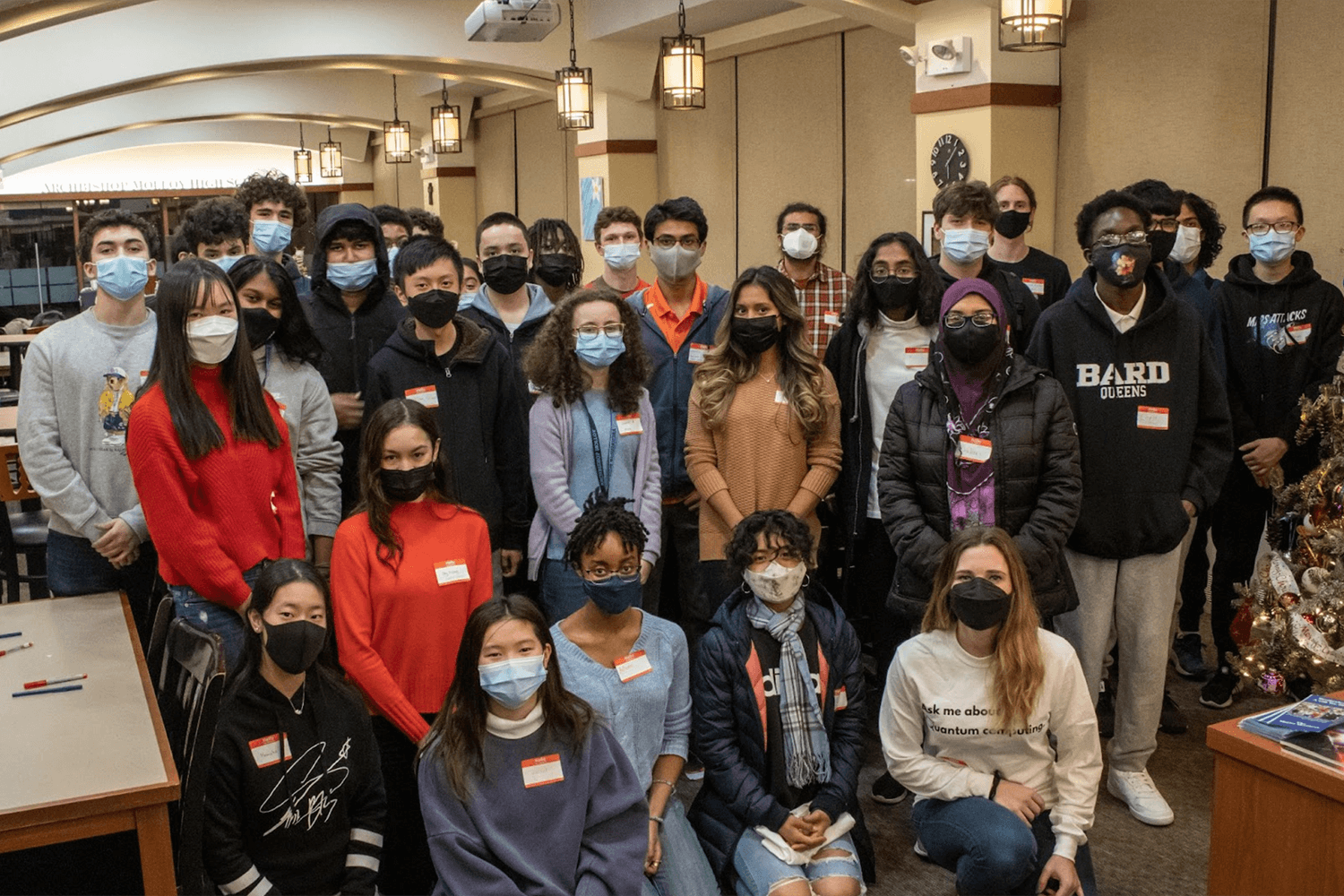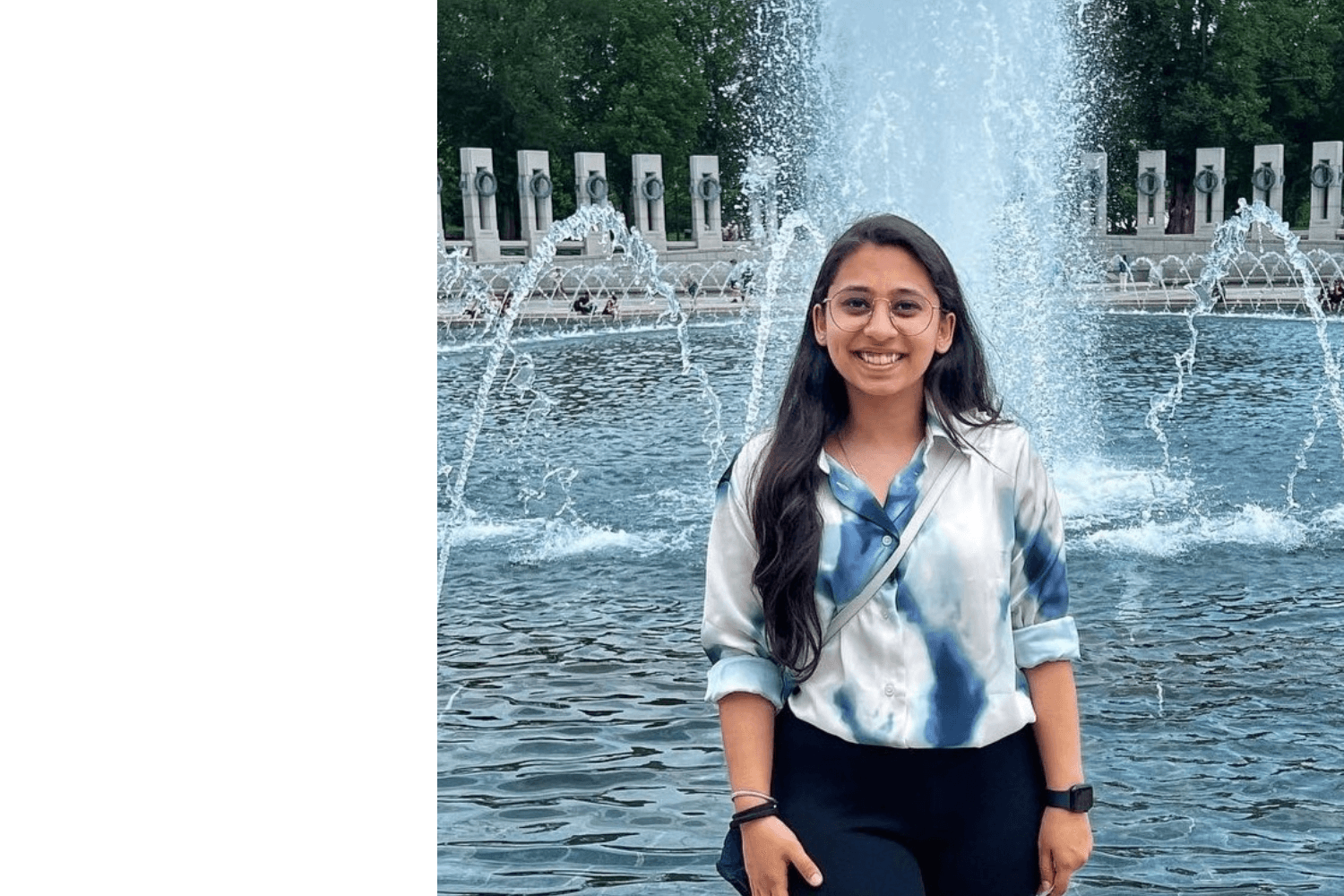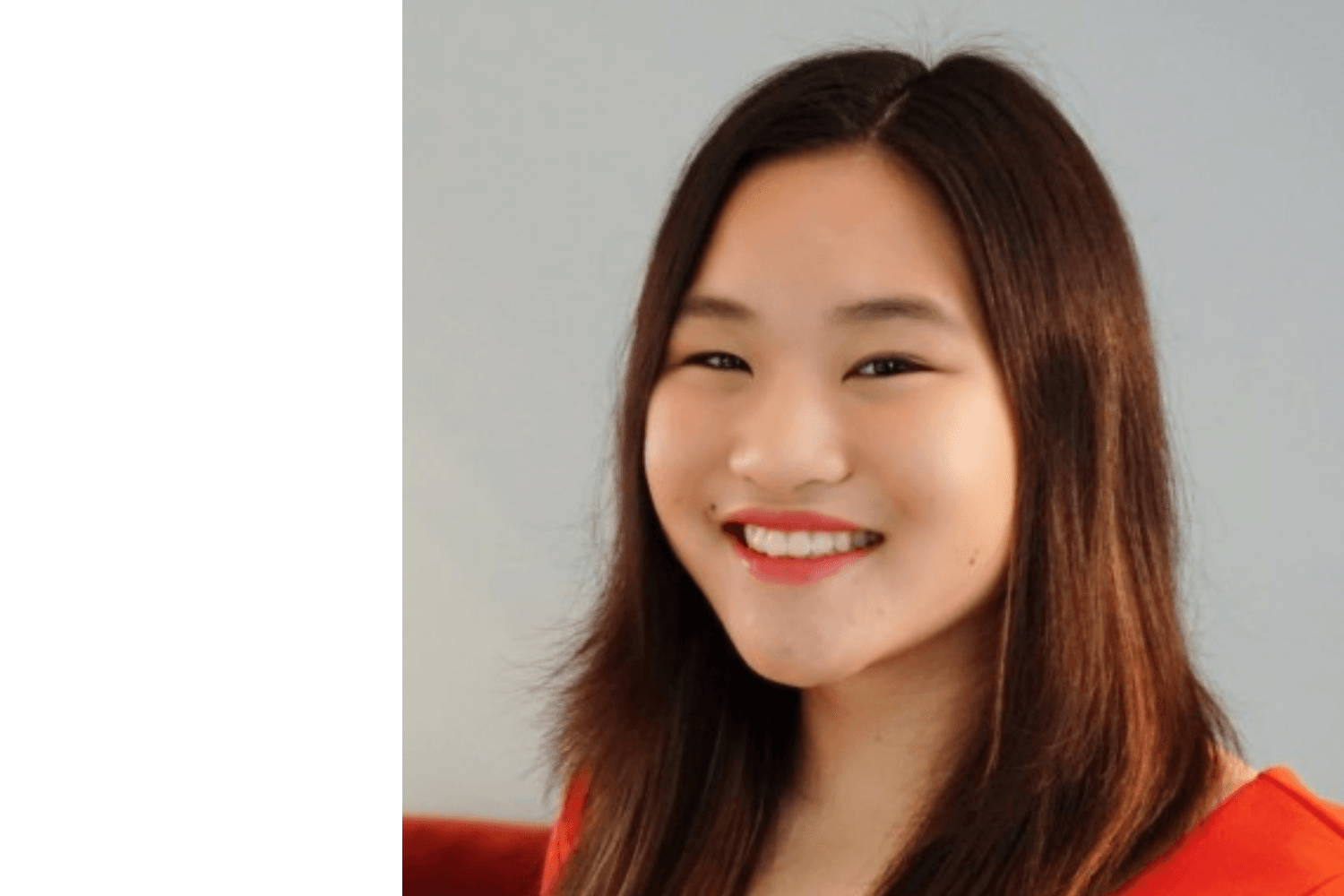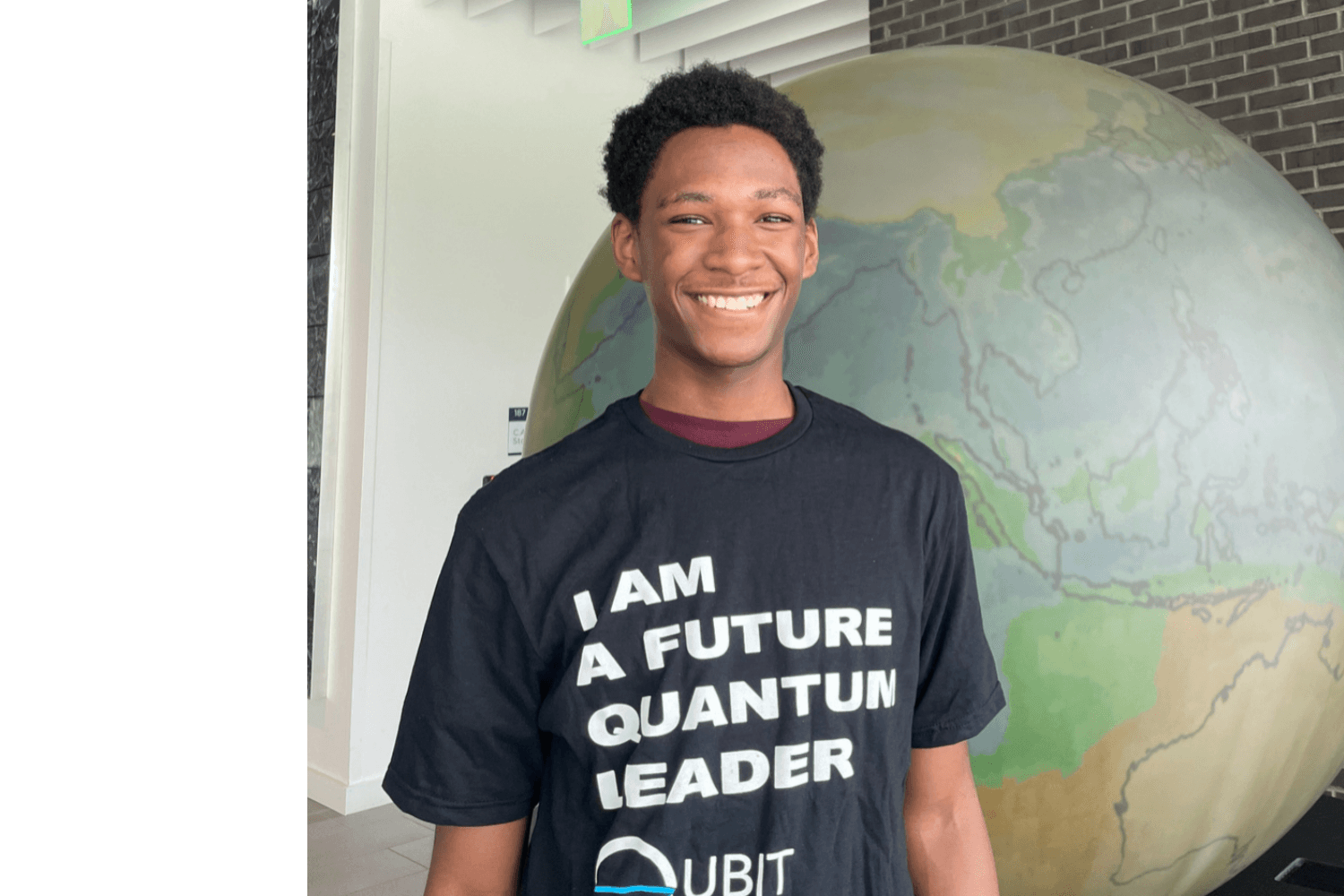Interested students may register for the program, here. With the support of IBM Quantum, full and partial scholarships are available for students and educators with financial need or from backgrounds underrepresented in science, technology, engineering, and math (STEM). The course starts on September 18, 2022.
The course is a virtual learning experience that will bring together more than 2,000 students from around the world to learn the foundations of quantum computing. It will cover topics from superposition and entanglement to learning how to code using Qiskit on IBM’s quantum computers.
Whether you are currently — or are interested in — pursuing a career in software engineering, government, medicine, or almost any industry, we believe everyone should have foundational knowledge in quantum computing. Therefore, the course is open to high school students and above, including educators, university students, and members of the workforce.
The course is open to high school students and above, including educators, university students, and members of the workforce.
“Since 2020, The Coding School has worked to build a diverse and inclusive quantum computing community for tomorrow,” said Liz Durst, Director, IBM Quantum & Qiskit Community. “We’re excited to continue supporting this fantastic effort to educate the newest cohort of quantum learners.”
About the course
Taught by MIT and UC Berkeley researchers, the course provides an accessible and comprehensive introduction to quantum computing, covering topics such as quantum mechanics, quantum computation and information, and quantum hardware. To ensure the course is accessible, the only prerequisite is the completion of geometry.
Offered virtually with live instruction, the course starts on September 18, 2022. Students have the option of participating for Semester 1 only, which will cover the “Fundamentals of Quantum Computing” or Semester 1 and 2, which will also cover “Applications of Quantum Computing” and ends April 16, 2023.
Each week, students participate in a lecture and lab with a teaching assistant, as well as complete a homework assignment. Additionally, students will have the chance to hear from quantum experts in academia and industry, participate in quantum lab tours, meet classmates through regional meet-ups, and complete a capstone project. At the end of the course, students will receive a certificate in recognition of their successful completion of the course.
With 1,000 full scholarships available, we’re dedicated to making sure our course cohort is diverse and inclusive. In particular, we encourage students with financial need or from backgrounds underrepresented in science, technology, engineering, and math (STEM) to apply.
With 1,000 full scholarships available, we’re dedicated to making sure our course cohort is diverse and inclusive.
“We’ve developed the most accessible, supportive introduction to the complex, exciting field of quantum computing,” says Kiera Peltz, the Executive Director of Qubit by Qubit. “Our alumni have already gone on to do incredible work in this space. We could not be more proud to be training the next generation of quantum leaders with IBM Quantum.”

Group photo of a local meet-up of students in the greater New York City area from more than seven high schools enrolled in the 2021 Introduction to Quantum Computing course.
Alumni Spotlights
With over 10,000 alumni from around the world, the course has been credited with helping alumni get into university, change college majors, and receive internships and job offers. Hear from alumni below on how the course impacted their academic and career trajectories.
Saasha Joshi, a current graduate student at the University of Victoria pursuing a Master’s degree in computer science, got started in quantum computing in her final year of university by enrolling in Qubit by Qubit’s “Introduction to Quantum Computing” course in 2020. Today, Joshi is a Qiskit Advocate and recently completed an internship with IBM Quantum where she explored applications of quantum algorithms. This coming year, she will return to Qubit by Qubit, now as a teaching assistant, to share her love for quantum computing with students.
About her time in the course, Joshi says: “I appreciate courses like Qubit by Qubit’s that help introduce seemingly strange and difficult topics like quantum computing in a logical and easy-to-understand perspective. This course not only helped me to approach quantum computing from a non-physics background but also start a career in it.”

Saasha Joshi, a current graduate student at the University of Victoria pursuing a Master’s degree in computer science.
Jade LeSchack knew she was interested in physics and computer science but had heard little about quantum computing until she enrolled in Qubit by Qubit’s “Introduction to Quantum Computing” course her senior year of high school after being encouraged by her teacher. Two years later, Jade is now an undergraduate student at the University of Maryland where she founded UMD’s first quantum information science student organization, the Undergraduate Quantum Association. In partnership with Qubit by Qubit, LeSchack even helped organize a quantum track at UMD’s annual Hackathon.
LeSchack attributes her time as a student with Qubit by Qubit to her continued interest in quantum: “In high school, I loved biology and physics, but didn’t know how to marry my interests until taking [Introduction to Quantum Computing]. Through participating in a hackathon during my time in the course, I knew I wanted to keep learning quantum in college.”

Jade LeSchack, a current undergraduate student at the University of Maryland, founded the school’s first quantum information science student organization.
As high school juniors, two recent Qubit by Qubit alumni, Akshita and Tanek, were selected to present their “Introduction to Quantum Computing” capstone projects at the MIT Undergraduate Research Tech Conference. Their papers explored how quantum algorithms may be used in the earlier detection of lung cancer and identified an ideal practical quantum decoherence-reduction method by extracting superconducting qubit coherence rates in Qiskit Pulse. Both papers are also forthcoming in IEEE Xplore.
After completing “Introduction to Quantum Computing,” Robert, a high school senior from Colorado, was selected to participate in Qubit by Qubit’s national high school summer research program.

Robert, a high school senior from Colorado, was selected to participate in Qubit by Qubit’s national high school summer research program.
For six weeks this past summer, Robert worked with Professor Zhexuan Gong at the Colorado School of Mines on fundamental quantum materials research, where he reflected on the importance of his time in the course: “Without programs like this, high school students may be interested in quantum computing but are unlikely to go into this field because of how intimidating it can be. Taking this introductory course helped me understand the complex parts of Professor Gong’s research and contribute in research as a high school student.”
How to Apply
Applications are reviewed on a rolling basis so applicants are encouraged to apply soon. There are two ways to apply for the course: as an individual or as a school.
Interested students may register for the program, here. Program tuition is $1,195 for the two-semester program. With the support of IBM Quantum, full and partial scholarships are available for students and educators with financial need or from backgrounds underrepresented in science, technology, engineering, and math (STEM).
High school educators and administrators are encouraged to partner with The Coding School to offer the course for high school credit. So far, The Coding School has partnered with more than 200 high schools around the world to offer credit for Introduction to Quantum Computing. All students at a participating partner school are eligible to take the course for free. Educators and administrators can request more information, here.
About Qubit by Qubit
Qubit by Qubit (QxQ) is a flagship initiative of The Coding School, a 501(c)(3) nonprofit focused on K-16 emerging tech education and workforce development training. QxQ is dedicated to training the future diverse quantum workforce and offers a wide-range of first-of-its-kind quantum programming, including classroom workshops, summer camps, professional learning for educators, and more. Since 2020, Qubit by Qubit has trained over 15,000 students in quantum computing. Regarded as an international quantum education expert, QxQ is partnered with a number of leading academic institutions, companies, and organizations, including IBM Quantum and the White House’s National Q-12 Education Partnership. To learn more about our organization and other programs, visit: www.the-cs.org.




